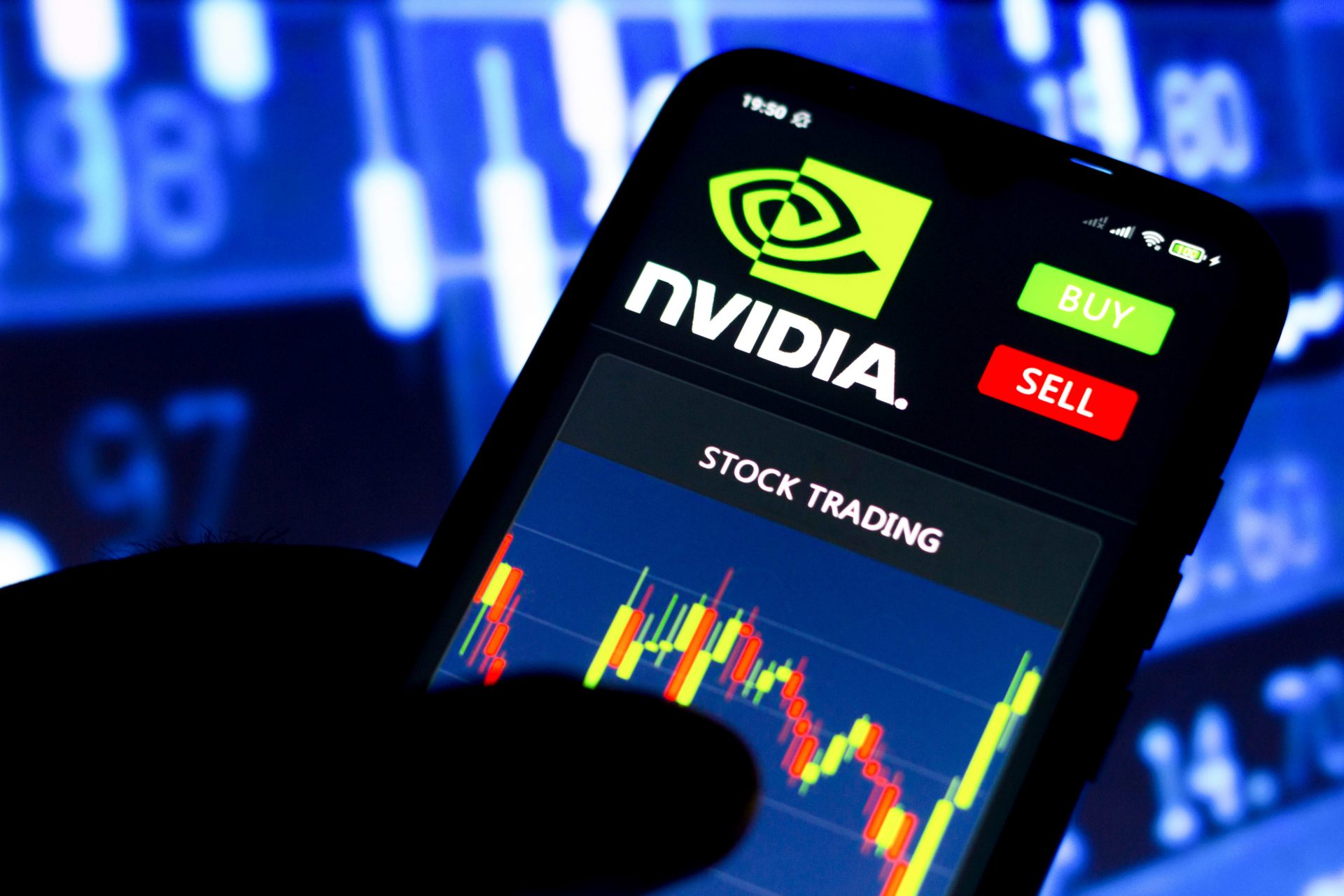Nvidia’s Market Resilience is on display as the company’s stock rebounds in premarket trading on Wednesday, August 28, 2025, following an initial dip after its Q2 fiscal 2026 earnings report. Despite strong financial results that surpassed Wall Street expectations, initial concerns over data center revenue and China sales temporarily tempered investor enthusiasm for the AI technology leader.
Nvidia’s Q2 Fiscal 2026 Earnings: A Detailed Look
Nvidia Corporation (NASDAQ: NVDA) reported its Q2 fiscal 2026 earnings on Wednesday, August 27, 2025, after market close. The report revealed revenue of $46.7 billion, exceeding analyst forecasts which ranged from $46.05 billion to $46.52 billion. Adjusted earnings per share (EPS) also beat estimates, coming in at $1.05 against expectations of $1.01 to $1.02.
Initial Market Reaction
Despite the robust figures, Nvidia’s stock initially fell by approximately 3-4% in after-hours trading. However, as the earnings call progressed, the stock recovered some losses, ending down around 2.5%. This volatility underscores the high expectations and scrutiny surrounding Nvidia’s performance, particularly in key growth areas.
Stock Buyback Announcement
To bolster investor confidence, Nvidia announced an additional $60 billion stock buyback program. This move signals the company’s confidence in its financial health and future prospects, often seen as a way to return value to shareholders and indicate undervaluation of the stock.
Factors Influencing the Stock Rebound
The initial dip in Nvidia’s stock was primarily attributed to concerns about data center revenue and uncertainties surrounding China sales. However, the subsequent rebound reflects a more nuanced understanding of Nvidia’s position and future potential.
Data Center Revenue Concerns
While Nvidia’s data center revenue reached $41.1 billion, it slightly missed some StreetAccount estimates of $41.3 billion. This modest miss, following a period of substantial growth, raised concerns about a potential deceleration in Nvidia’s growth trajectory. However, it’s important to note that the year-over-year growth was still a significant 56%.
China Sales Uncertainty
Investor anxiety was also fueled by the company’s Q3 guidance, which explicitly excluded potential H20 chip sales to China. This exclusion highlights ongoing uncertainties surrounding U.S.-China trade relations and export restrictions. Despite recent developments suggesting a possible resumption of sales with a 15% revenue-sharing agreement, the situation remains fluid.
Positive Outlook for Q3
Nvidia provided a strong outlook for Q3 revenue, projecting $54 billion, which exceeded analyst expectations of $53.1 billion, even without China sales. This positive forecast helped to alleviate concerns about slowing growth and reinforced confidence in Nvidia’s overall market position.
Analyst Support
Analysts from firms like UBS and Oppenheimer have maintained positive ratings and even raised price targets for Nvidia. This support from leading financial institutions underscores a belief in Nvidia’s long-term growth potential and its continued dominance in the AI and data center markets.
Impact on the Market and Nvidia’s Future
The market’s reaction to Nvidia’s earnings reflects a complex view of the company’s current standing and future prospects. The initial dip demonstrated sensitivity to any signs of moderation in its growth, while the subsequent rebound indicates that investors largely remain confident in Nvidia’s long-term potential within the expanding AI infrastructure market. CFO Colette Kress projects this market could reach $3 trillion to $4 trillion by the end of the decade.
Nvidia’s Leadership in AI Innovation
Nvidia continues to lead in AI innovation with new product launches, such as the Blackwell architecture, and strong data center performance. These advancements solidify its position as a key player in the global technology landscape and drive demand for its products and services.
Navigating Geopolitical Challenges
The ongoing geopolitical challenges with China and the need to consistently meet high investor expectations will continue to be critical factors influencing Nvidia’s stock performance. Successfully navigating these challenges will be crucial for maintaining investor confidence and sustaining long-term growth.
Conclusion
Nvidia’s recent earnings and subsequent market reaction underscore its pivotal role in the AI revolution. While concerns about data center revenue and China sales initially dampened investor enthusiasm, the company’s strong overall performance, positive outlook, and strategic initiatives like the stock buyback program have fueled a rebound. Nvidia’s ability to navigate geopolitical challenges and continue innovating in the AI space will be key to sustaining its growth and maintaining its position as a dominant force in the global technology landscape.


